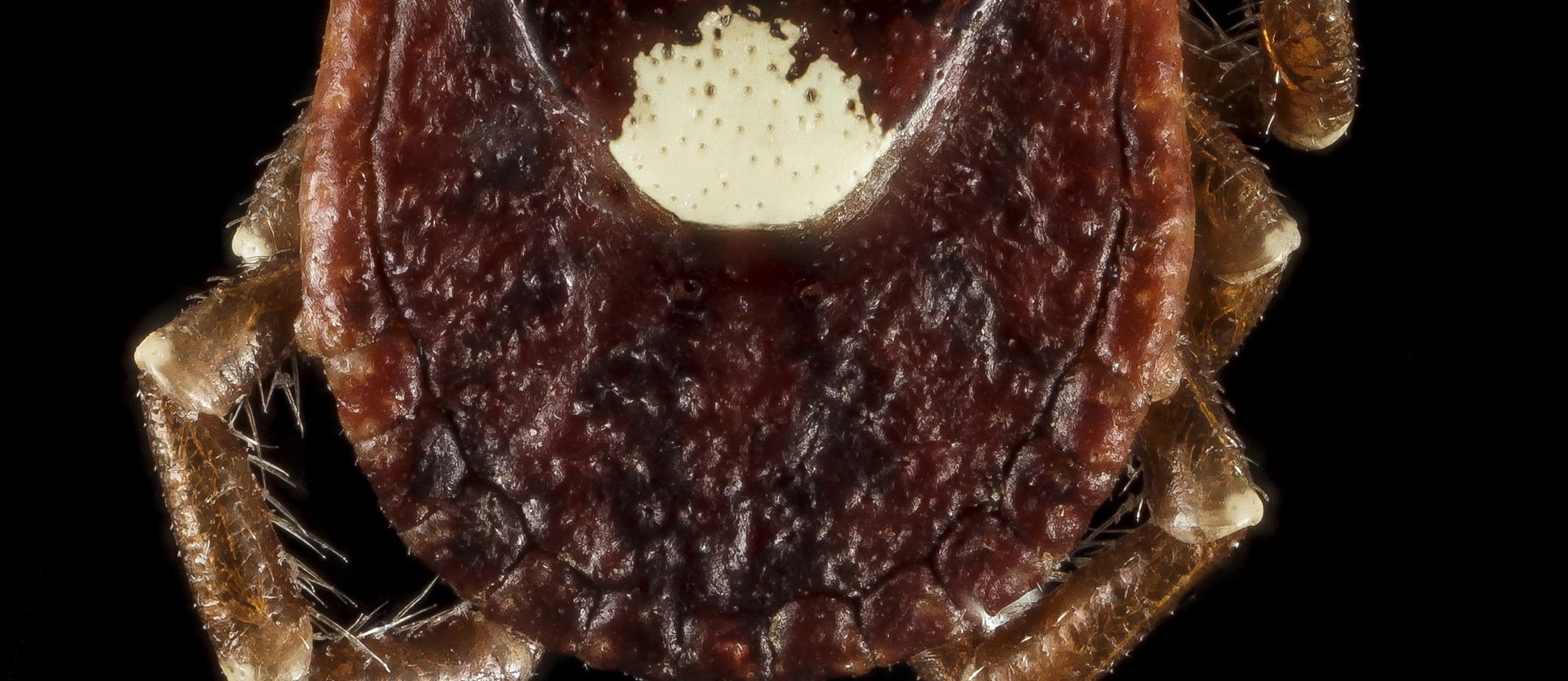In the beginning, Aristotle defined two forms of life on planet Earth: plants and animals. Two thousand years later, the light microscope was invented and we discovered tiny, single-celled organisms like amoebas. Then, the electron microscope was invented and we discovered better characterized bacteria. Finally, in 1969, biologists recognized fungi as a separate category, and we’ve had at least five kingdoms of life ever since.
In my video, Higher Quality May Mean Higher Risk, I talk about the potential downsides of consuming proteins from within our own kingdom, such as the impact our fellow animal proteins can have on boosting our liver’s production of a cancer-promoting hormone called IGF-1.
In Eating Outside Our Kingdom, I talked about other potential advantages of preferably dipping into the plant and mushroom kingdoms for dinner, not only from a food safety perspective (we’re more likely to get infected by animal pathogens than Dutch Elm Disease), but because of the potential for cross-reactivity between animal and human proteins. Our immune system is more likely to get confused between a chicken leg and our own legs than it is with a banana, so there may be less potential to trigger an autoimmune reaction, like degenerative brain diseases. In attacking some foreign animal meat protein, some of our own similarly composed tissues may get caught in the crossfire.
It’s not just proteins. If you remember the Neu5Gc story (see Inflammatory Meat Molecule Neu5GC), sialic acid in other animals may cause inflammation in our arteries (see Nonhuman Molecules Lining Our Arteries) and help breast tumors and other human cancers to grow (see How Tumors Use Meat to Grow: Xeno-Autoantibodies). Now a new twist has been added to the story.
The reason Neu5Gc triggers inflammation is because humans lost the ability to make it two million years ago, and so when our body is exposed to it through animal products, it’s treated as a foreign molecule, causing inflammation. But there’s also another oligosaccharide called alpha-gal that humans, chimps, and apes lost the ability to make 2 million years ago, but is still made by a variety of animals, including many animals we eat.
Anti-gal antibodies may be involved in a number of detrimental processes that may result in allergic, autoimmune, and autoimmune-like diseases, such as auto-immune thyroid disorders. We see higher levels of anti-gal antibodies in Crohn’s disease victims. These antibodies even react against about half of human breast tumors, and we can find them in atherosclerotic plaques in people’s necks. However, those are all mostly speculative risks. We do know that alpha-gal is a major obstacle to transplanting pig organs, like kidneys, into people, because our bodies reject alpha-gal as foreign. In fact, alpha-gal is thought to be the major target for human anti-pig antibodies.
It’s interesting that if we look at those that abstain from pork for whatever reason, they have fewer swine-specific immune cells in their bloodstream. Researchers speculate that oral intake of pork could ferry swine molecules into the bloodstream via gut-infiltrating lymphocytes to prime the immune response. So we can have an allergic reaction to eating pig kidneys too, but such severe meat allergies were considered rare, until an unusual report surfaced. First described in 2009, the report included details on 24 cases of meat allergies triggered by tick bites.
Within a year, it was obvious that the cases should be counted in hundreds rather than dozens. By 2012, there were thousands of cases across a large area of the southern and eastern U.S., and new cases are now popping up in several countries around the world.
The culprit, the lone star tick, so-called because females have a white spot on their back, are famous for causing Masters’ disease, a disease similar to Lyme syndrome, also known as STARI (southern tick associated rash illness). But thanks to the lone star tick steadily expanding its range (even as far as Long Island, NY), it’s not necessarily just so Southern any more.
What is the relevance of tick bites to the production of allergy-causing anti-meat antibodies to alpha-gal? Good question. What we know is that if you get bitten by one of these ticks, you can develop an allergy to meat (See Alpha Gal and the Lone Star Tick). This appears to be the first example of a response to an external parasite giving rise to an important form of food allergy. We don’t know the exact mechanism, but it may be because there’s something in the tick saliva that’s cross-reacting with alpha-gal, or because the tick is injecting you with animal allergens from its last meal.
What role may these tick-bite induced allergies play in the development of chronic hives and other allergic skin reactions in children? See Tick Bites, Meat Allergies, and Chronic Urticaria.
Here’s some videos unearthing the IGF-1 story:
Neu5Gc is what opened up this whole can of worms:
- Cancer as an Autoimmune Disease
- Clonal Selection Theory of Immunity
- Clonal Deletion Theory of immunity
- Meat May Exceed Daily Allowance of Irony
I wonder if alpha gal is playing a role in the improvements in arthritis and Crohn’s on plant-based diets: Dietary Treatment of Crohn’s Disease and Diet & Rheumatoid Arthritis.
In health,
Michael Greger, M.D.
PS: If you haven’t yet, you can subscribe to my videos for free by clicking here and watch my full 2012 – 2015 presentations Uprooting the Leading Causes of Death, More than an Apple a Day, From Table to Able, and Food as Medicine.
